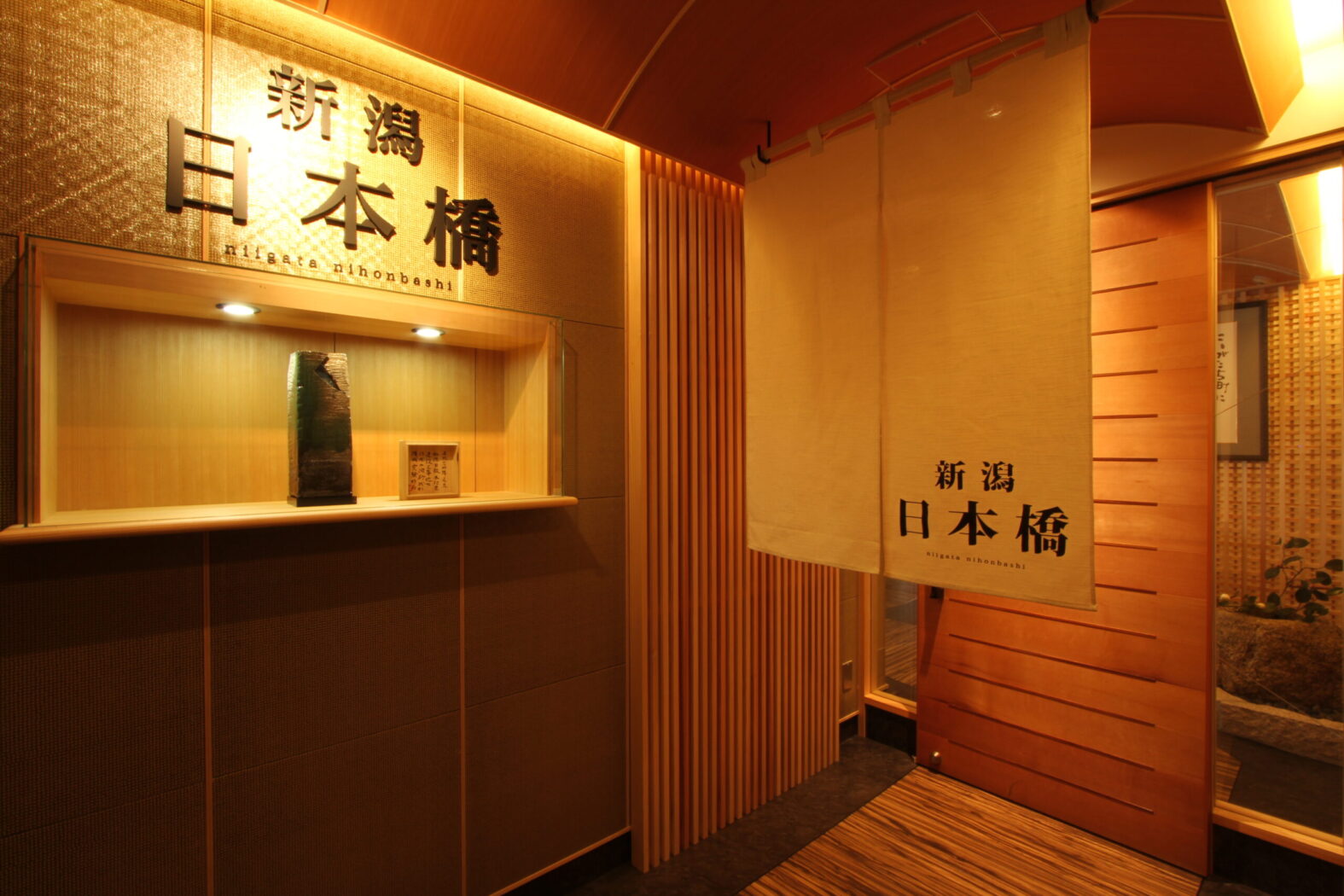Recommended sushi restaurants in Niigata, Japan
-

Niigata Nihonbashi
Sushi restaurant in Niigata [SUSHILIVE comment] -


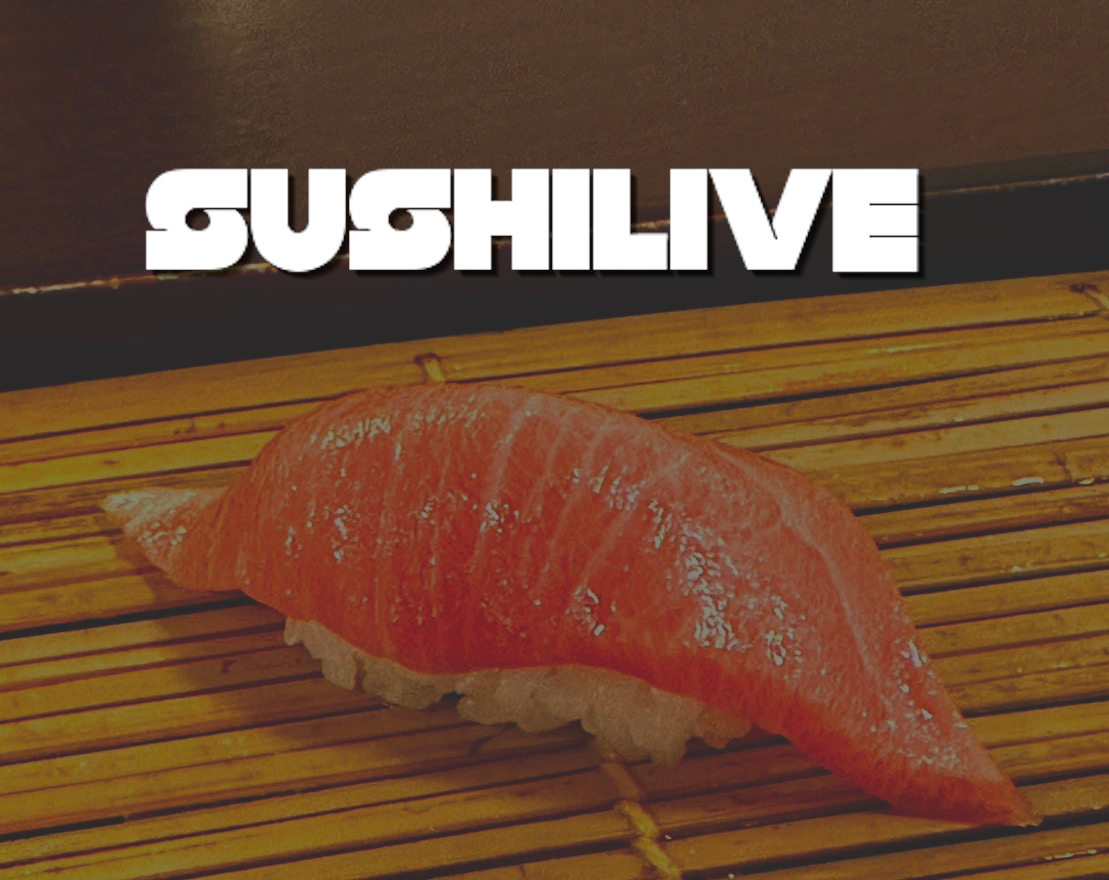
Sakanaya Dojo Niigata Ekimae 1
Sushi restaurant in Niigata [SUSHILIVE comment] -



Sushi Ki Yamada Fujishichi
Sushi restaurant in Niigata [SUSHILIVE comment] -



Uobei Shindori
Sushi restaurant in Niigata [SUSHILIVE comment] -



Hamazushi Niigata Meike
Sushi restaurant in Niigata [SUSHILIVE comment] -



Minato Sushi Market
Sushi restaurant in Niigata [SUSHILIVE comment] -



Yuzuan Niigata Bentenbashi Store
Sushi restaurant in Niigata [SUSHILIVE comment] -



Uobei, Tsubame-Sanjo Branch
Sushi restaurant in Niigata [SUSHILIVE comment] -



rushing madly into
Sushi restaurant in Niigata [SUSHILIVE comment] -



Kurazushi Niigata Matsuzaki
Sushi restaurant in Niigata [SUSHILIVE comment] -



HAMAZUSHI Sanjo Branch
Sushi restaurant in Niigata [SUSHILIVE comment] -



Chiyozushi
Sushi restaurant in Niigata [SUSHILIVE comment] -



Hatsune Sushi Head Office
Sushi restaurant in Niigata [SUSHILIVE comment] -



Sushi Tamura
Sushi restaurant in Niigata [SUSHILIVE comment] -



long-nosed goblin
Sushi restaurant in Niigata [SUSHILIVE comment] -



Sado Island Sushi Restaurant Benkei Bandai City
Sushi restaurant in Niigata [SUSHILIVE comment] -



Nagahamasou Fish Dojo
Sushi restaurant in Niigata [SUSHILIVE comment] -



Oya Sushi
Sushi restaurant in Niigata [SUSHILIVE comment] -



Hakodate Kantaro Shichikuyama Branch
Sushi restaurant in Niigata [SUSHILIVE comment] -



Kuso Shunsai Raijin Kameda Branch
Sushi restaurant in Niigata [SUSHILIVE comment] -



Sadomae Nigiri Sushi Kotobuki
Sushi restaurant in Niigata [SUSHILIVE comment] -



Maruzushi Sekiya
Sushi restaurant in Niigata [SUSHILIVE comment] -



brand of sake from Nada region during Tempo era
Sushi restaurant in Niigata [SUSHILIVE comment] -



hard-working sumo wrestler
Sushi restaurant in Niigata [SUSHILIVE comment] -



Manpuku Log Isami
Sushi restaurant in Niigata [SUSHILIVE comment] -



Sushi Restaurant Katsuumi
Sushi restaurant in Niigata [SUSHILIVE comment] -



waterfall sushi
Sushi restaurant in Niigata [SUSHILIVE comment] -



Conveyor belt sushi Kohkyo Tsubame-Sanjo
Sushi restaurant in Niigata [SUSHILIVE comment] -



fishing port in front of station
Sushi restaurant in Niigata [SUSHILIVE comment] -



lunch vendor at a restaurant
Sushi restaurant in Niigata [SUSHILIVE comment]
Recommended conveyor belt sushi restaurants in Niigata, Japan
-


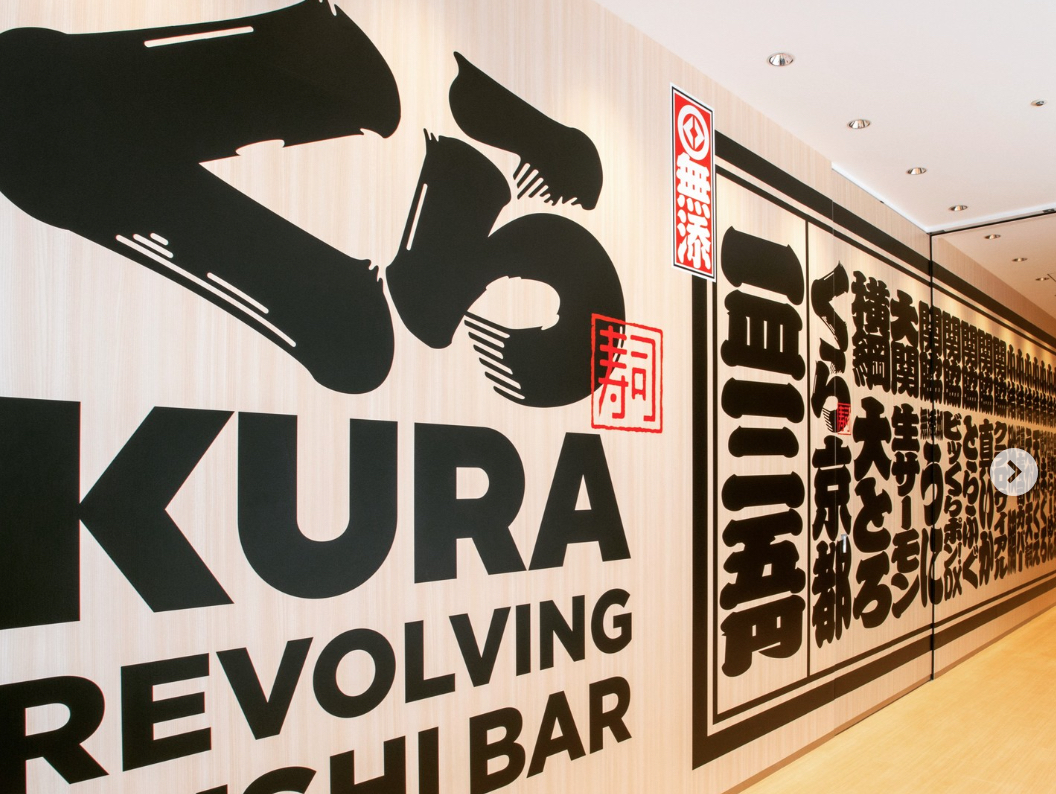
Kura Sushi Niigata Shichikuyama Store
Sushi restaurant in Niigata [SUSHILIVE comment] -


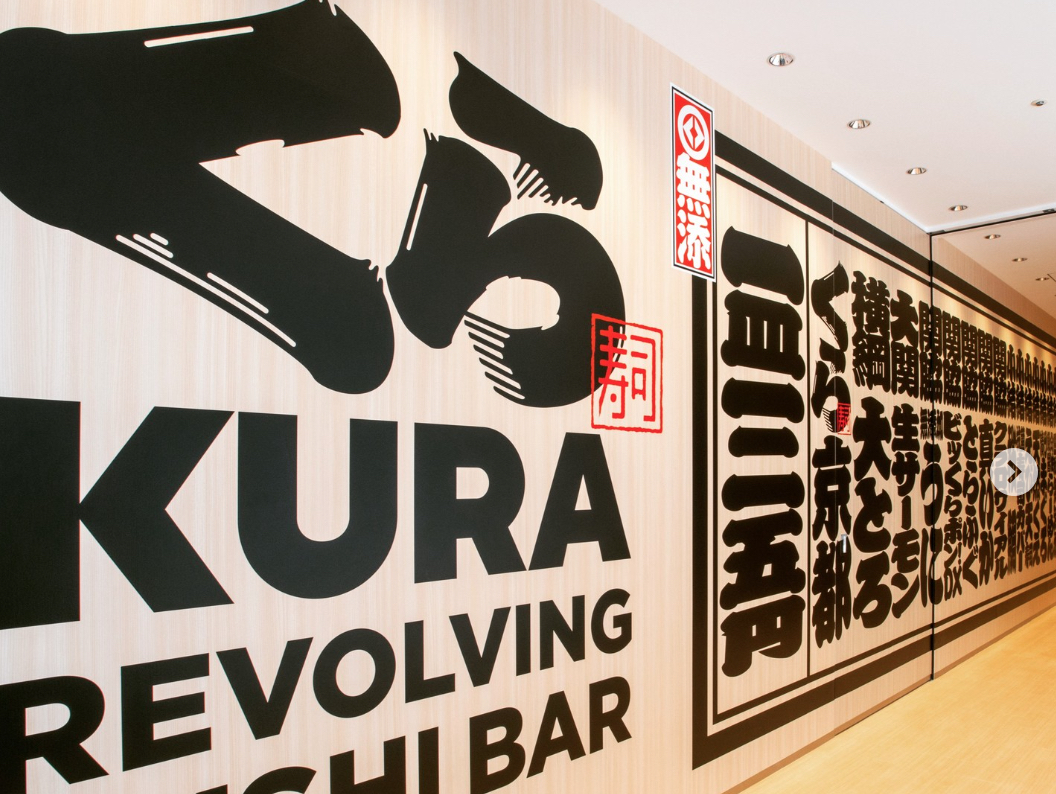
Kura Sushi Niigata Matsuzaki Store
Sushi restaurant in Niigata [SUSHILIVE comment] -


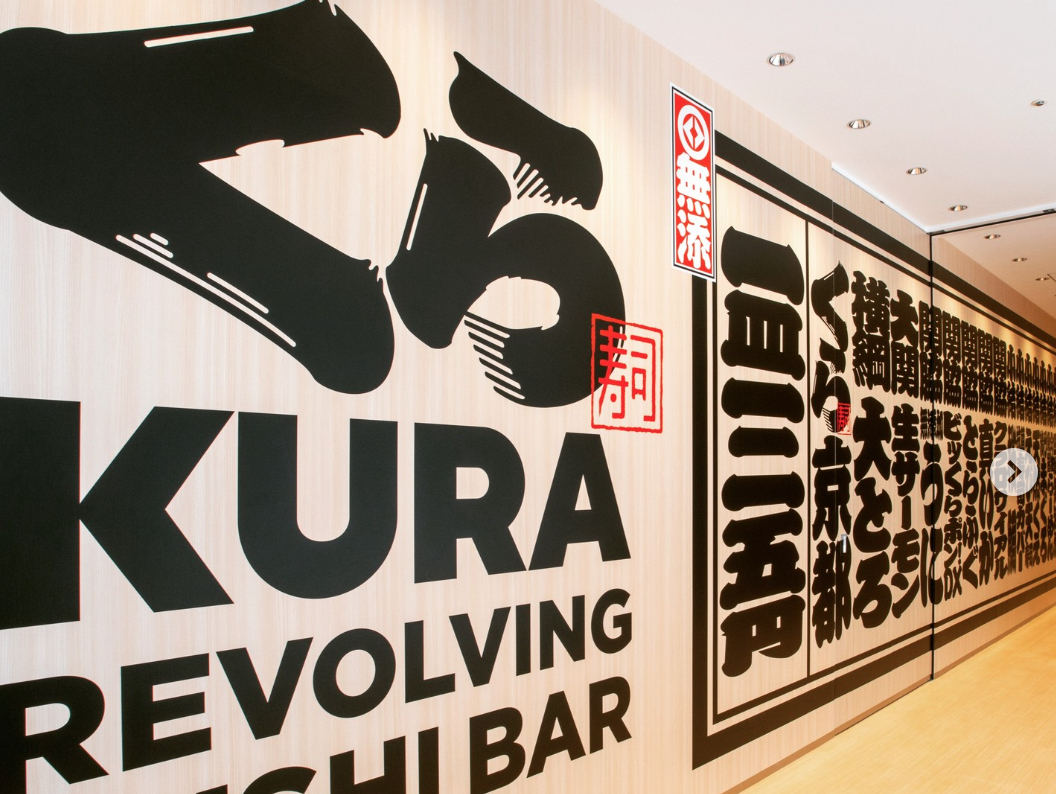
Kura Sushi Nitori Joetsu
Sushi restaurant in Niigata [SUSHILIVE comment] -


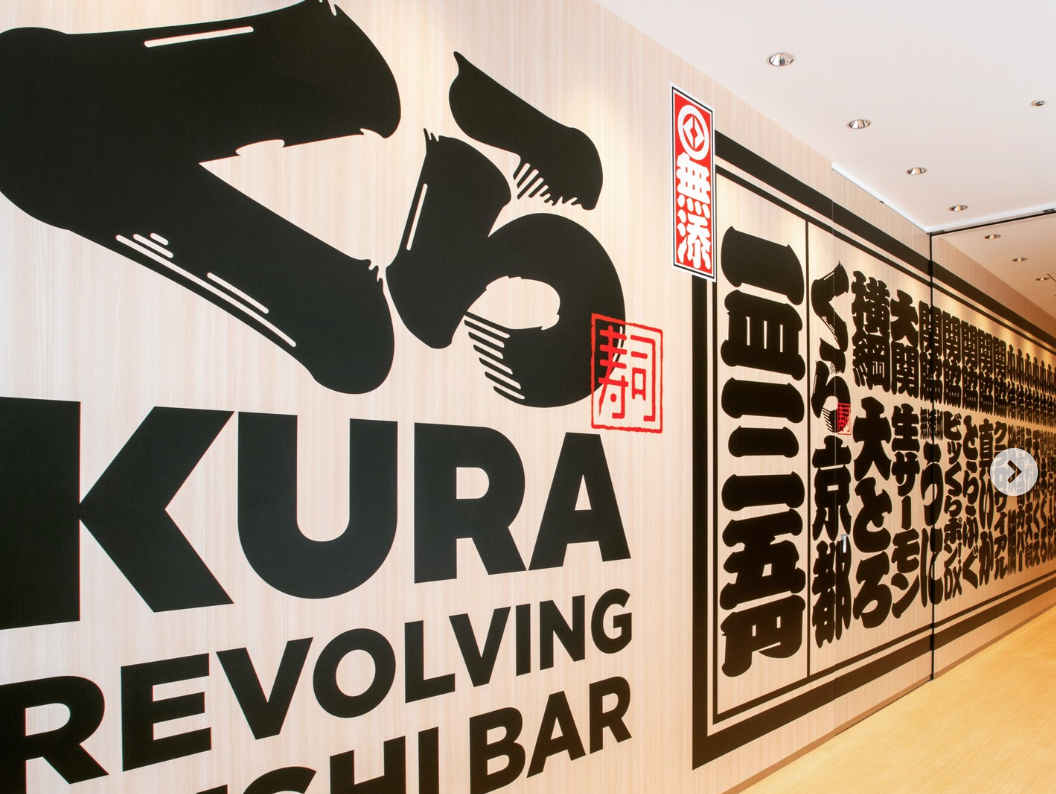
Kura Sushi Yan Sanjo Store
Sushi restaurant in Niigata [SUSHILIVE comment] -


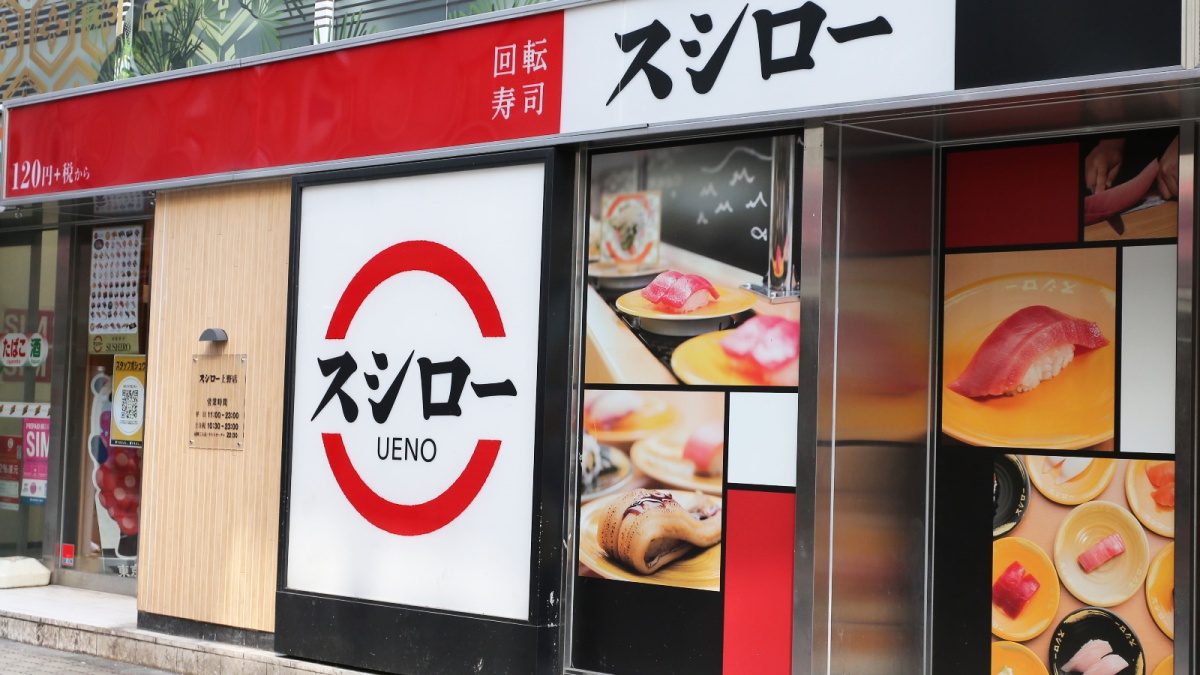
Sushiro Niigata Onaike
Sushi restaurant in Niigata [SUSHILIVE comment] -


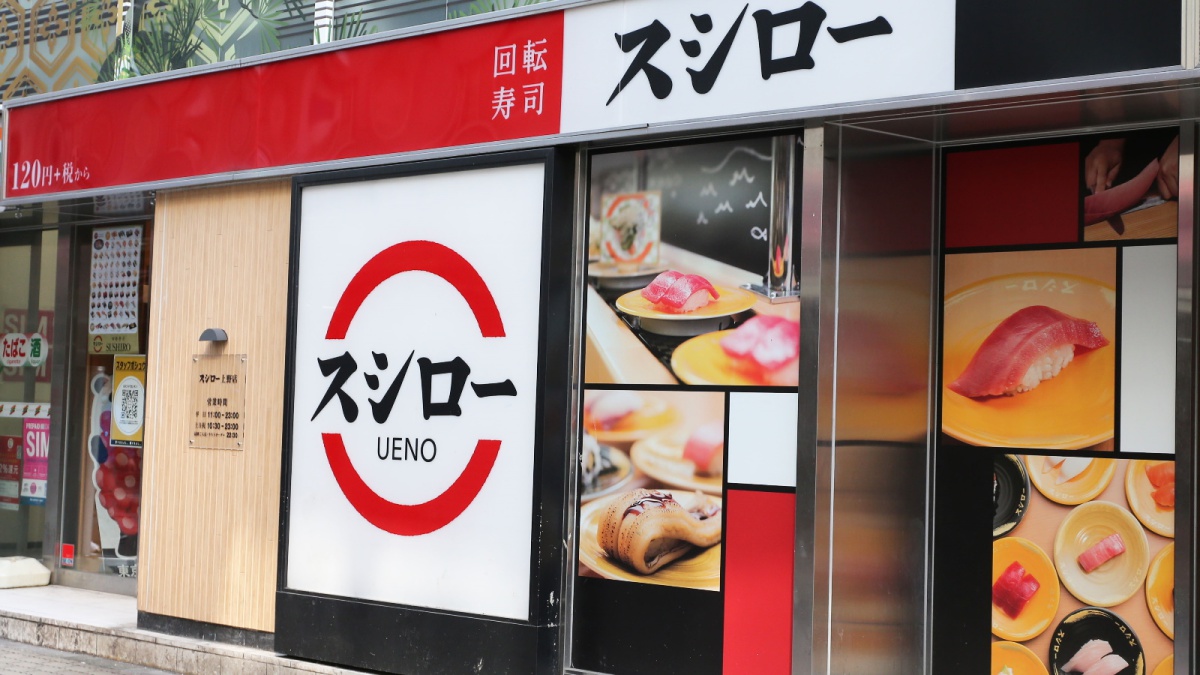
Sushiro Niigata Koshin
Sushi restaurant in Niigata [SUSHILIVE comment] -


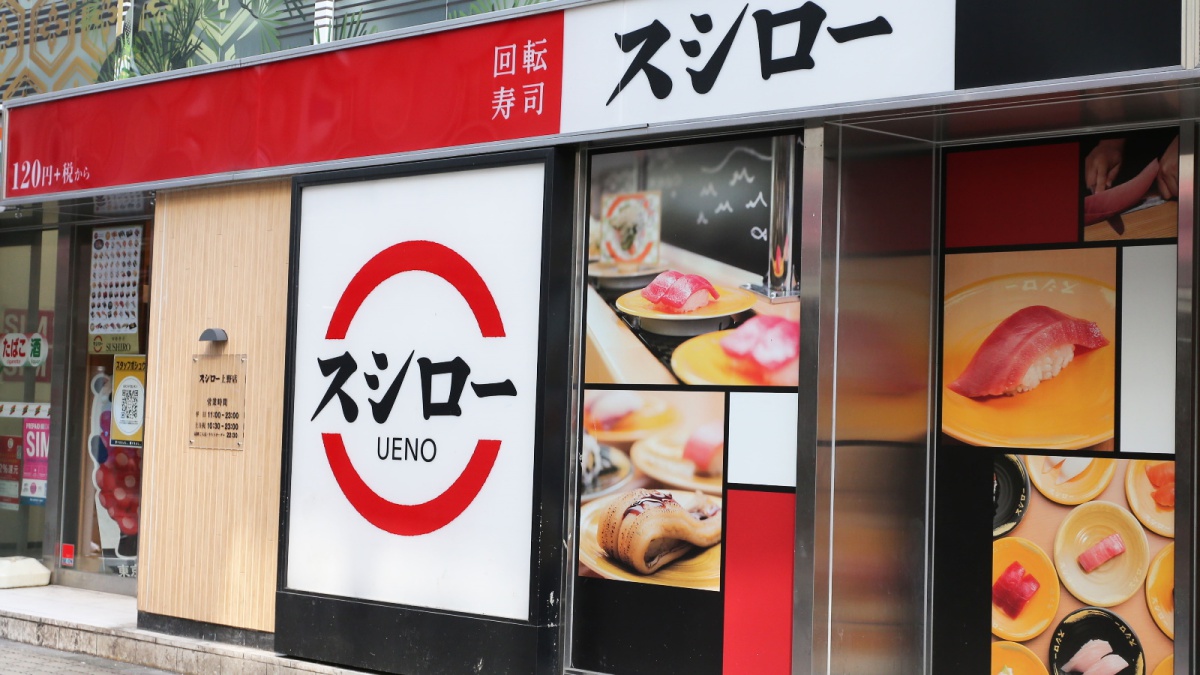
Sushiro Niigata Equator
Sushi restaurant in Niigata [SUSHILIVE comment] -


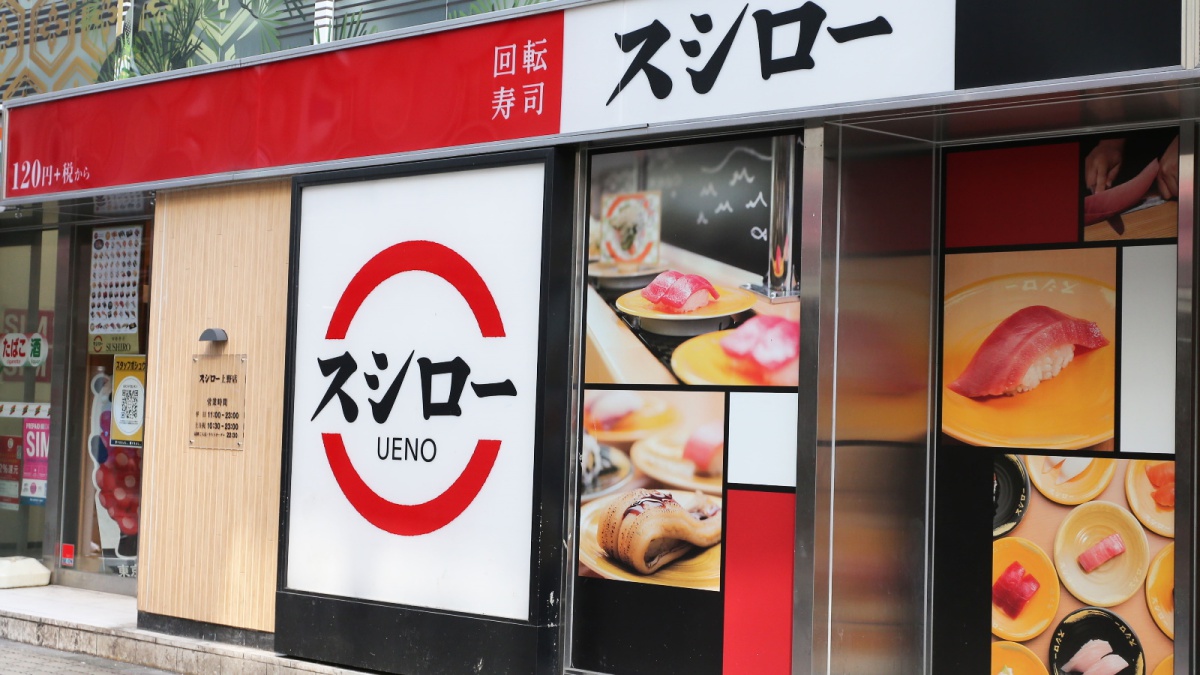
Sushiro Linacier Kitamachi
Sushi restaurant in Niigata [SUSHILIVE comment] -


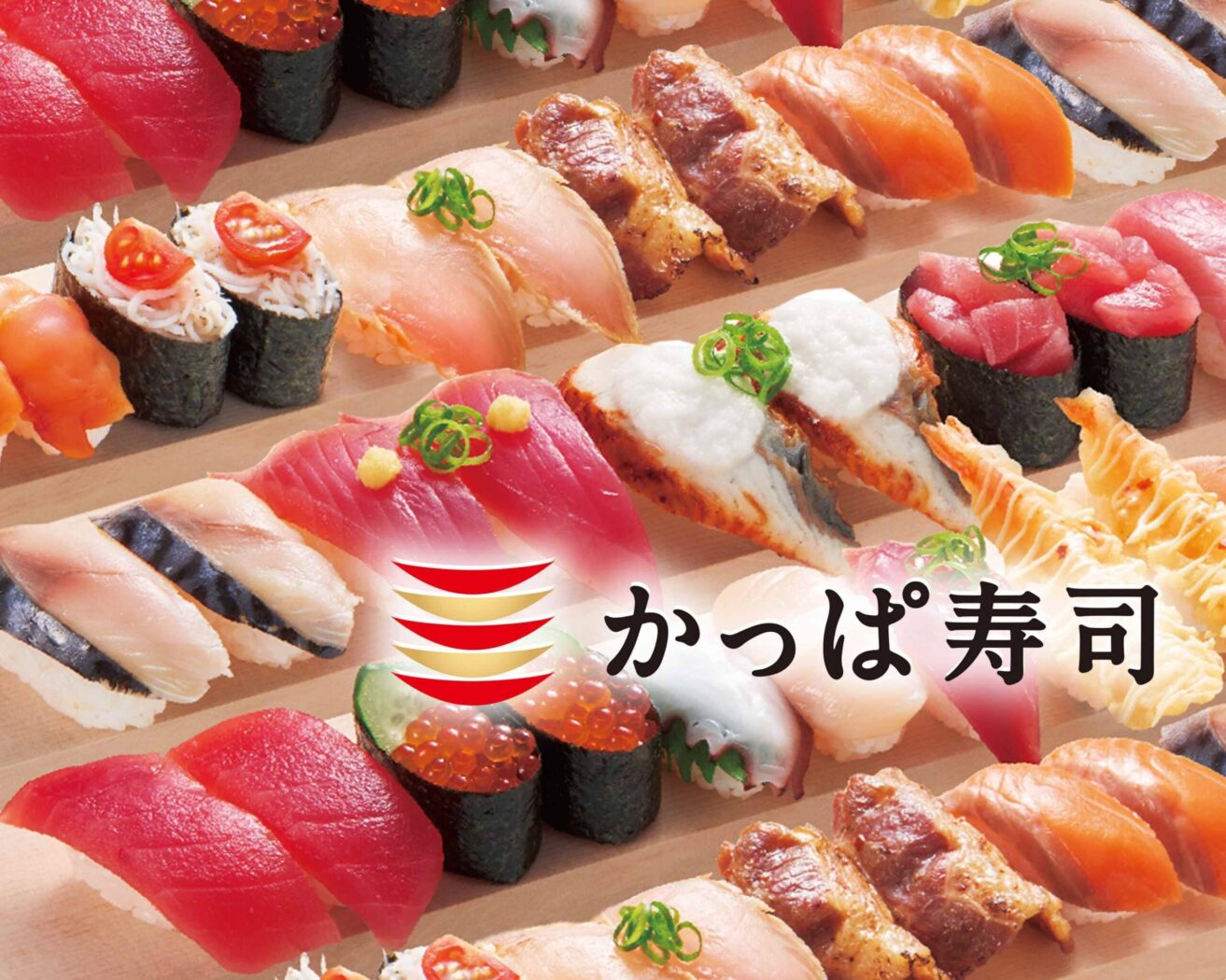
Kappa sushi Nitori Funguuchi
Sushi restaurant in Niigata [SUSHILIVE comment] -


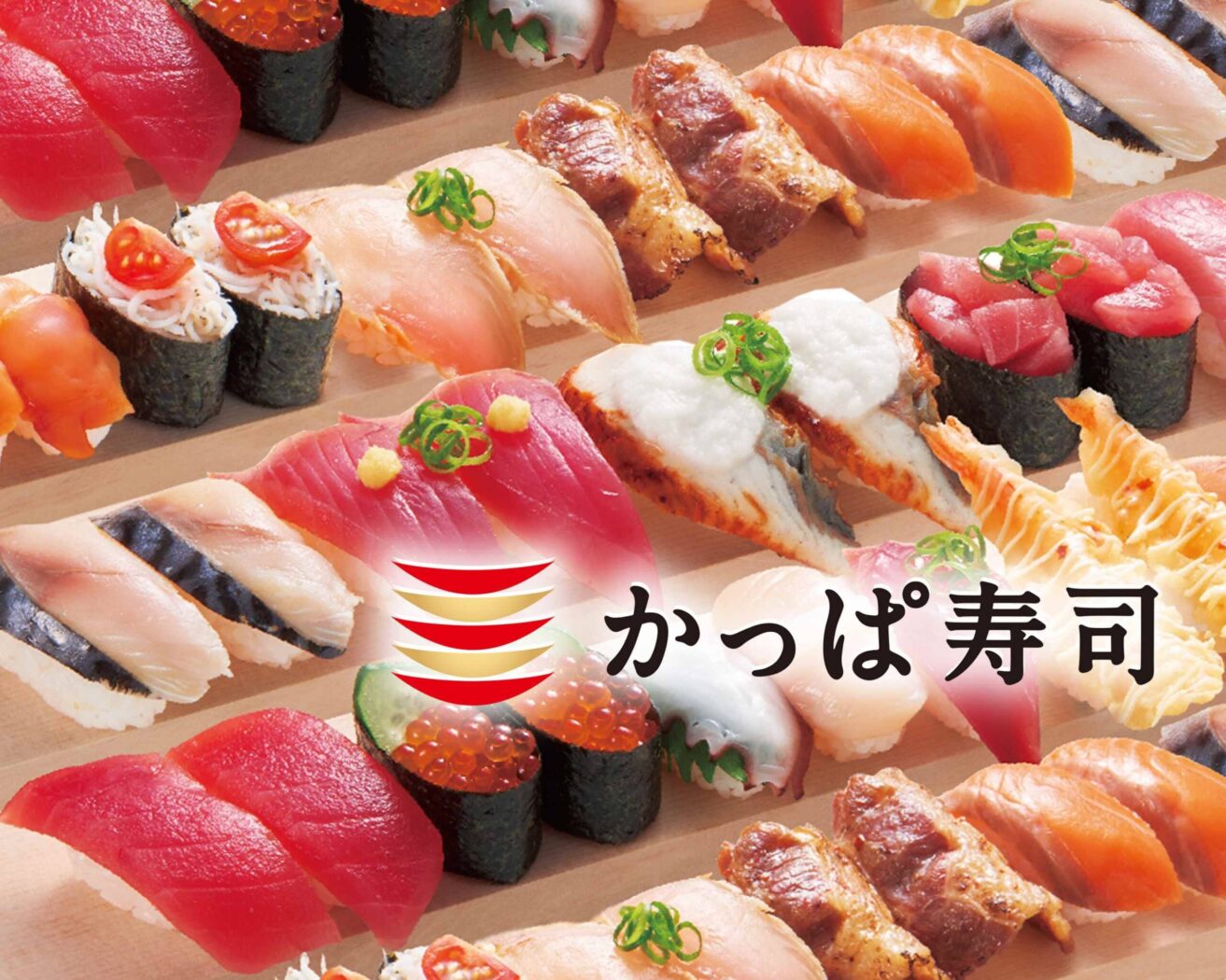
Kappa sushi Shimbata Store
Sushi restaurant in Niigata [SUSHILIVE comment] -


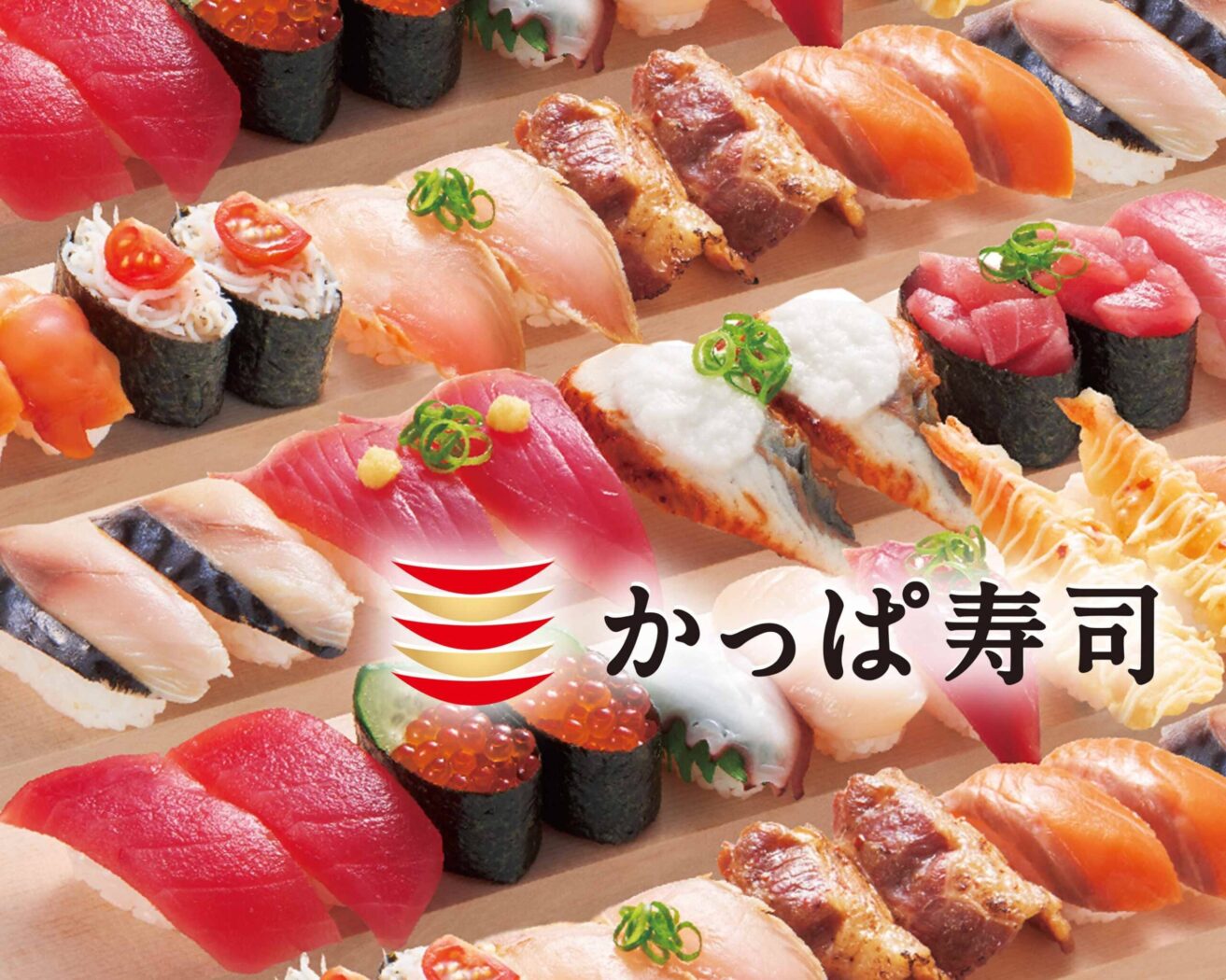
Kappa sushi Nagaoka Interchange
Sushi restaurant in Niigata [SUSHILIVE comment] -


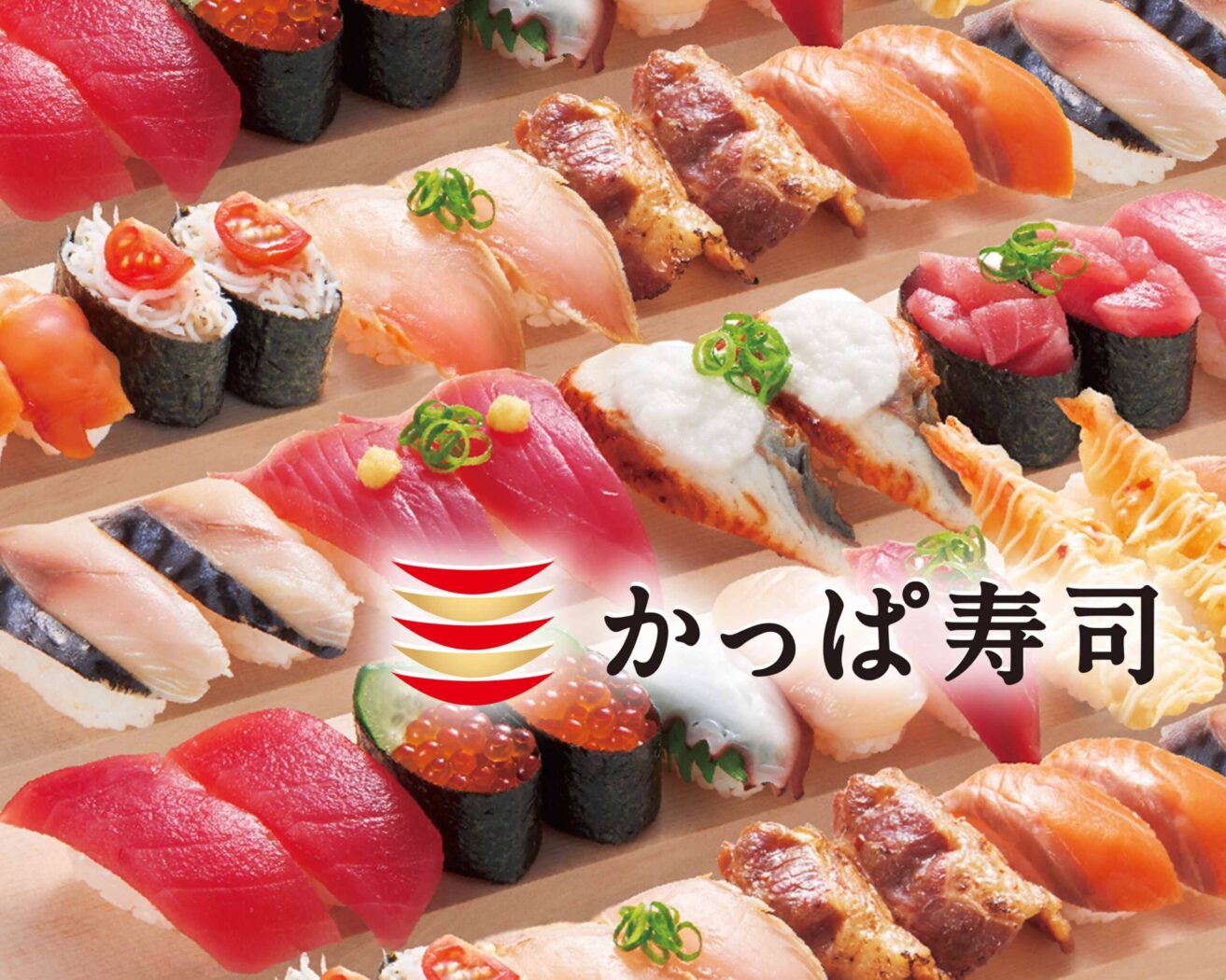
Kappa sushi Shirane Store
Sushi restaurant in Niigata [SUSHILIVE comment] -


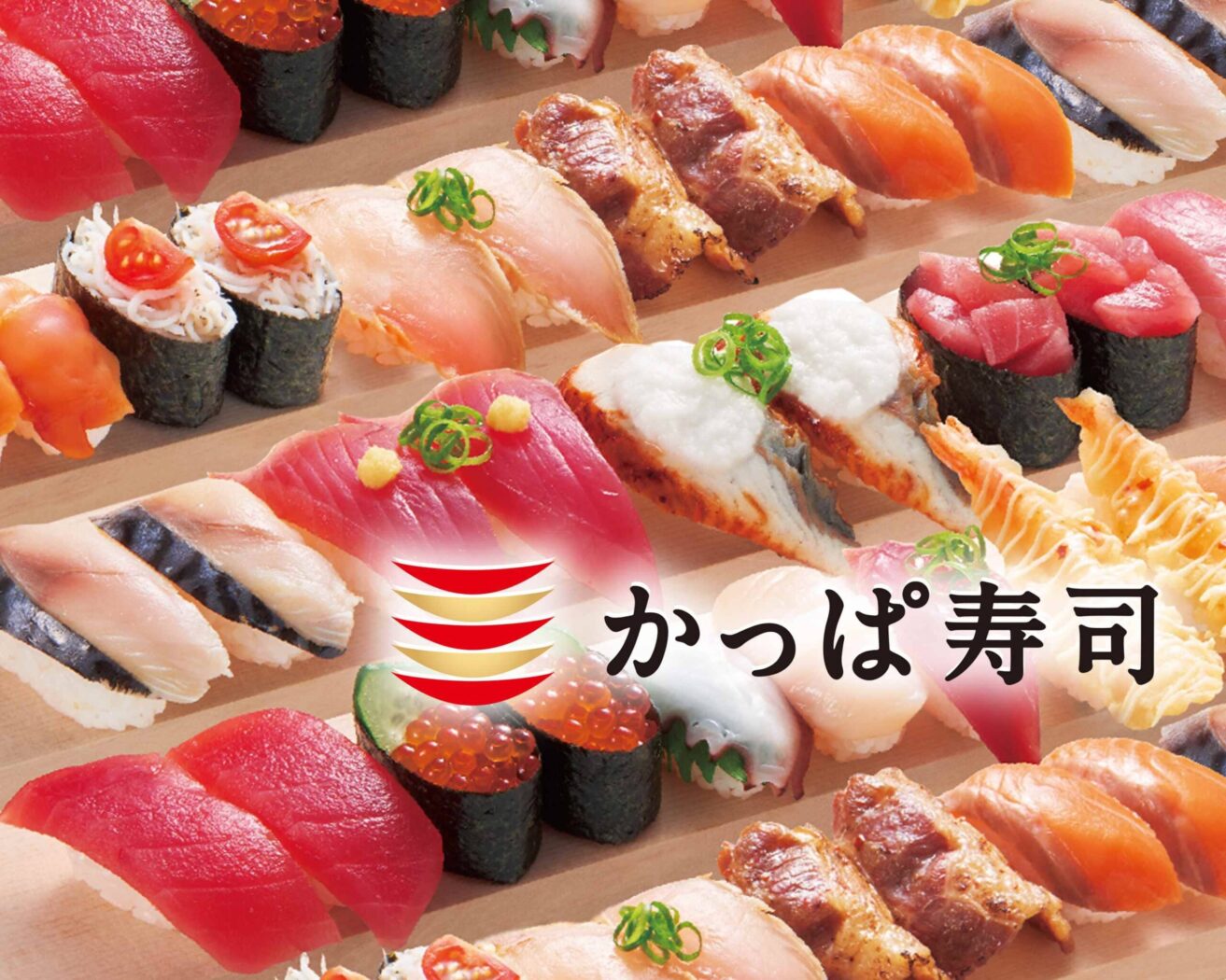
Kappa sushi Niitsu Store
Sushi restaurant in Niigata [SUSHILIVE comment] -


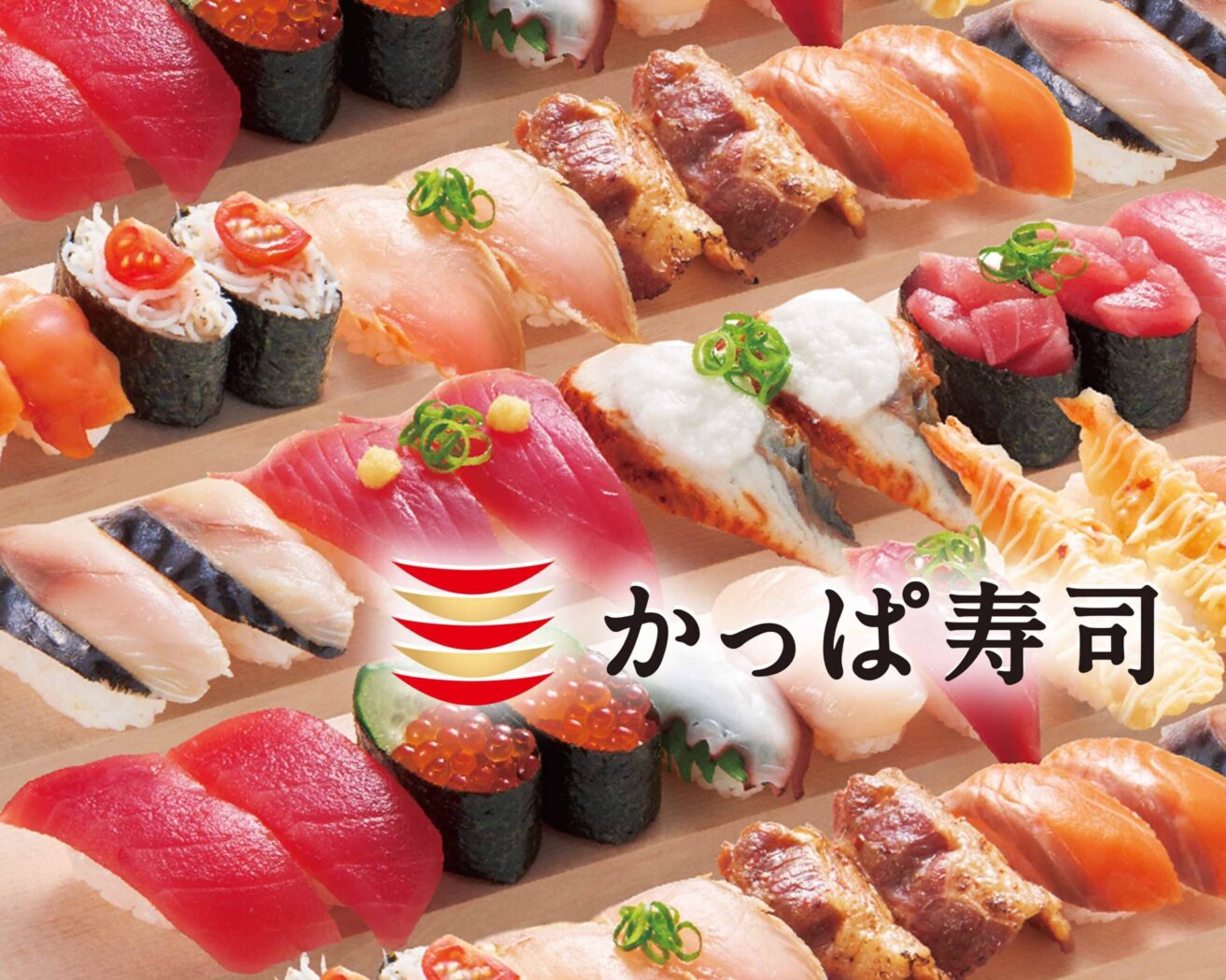
Kappa sushi Tokamachi Branch
Sushi restaurant in Niigata [SUSHILIVE comment] -


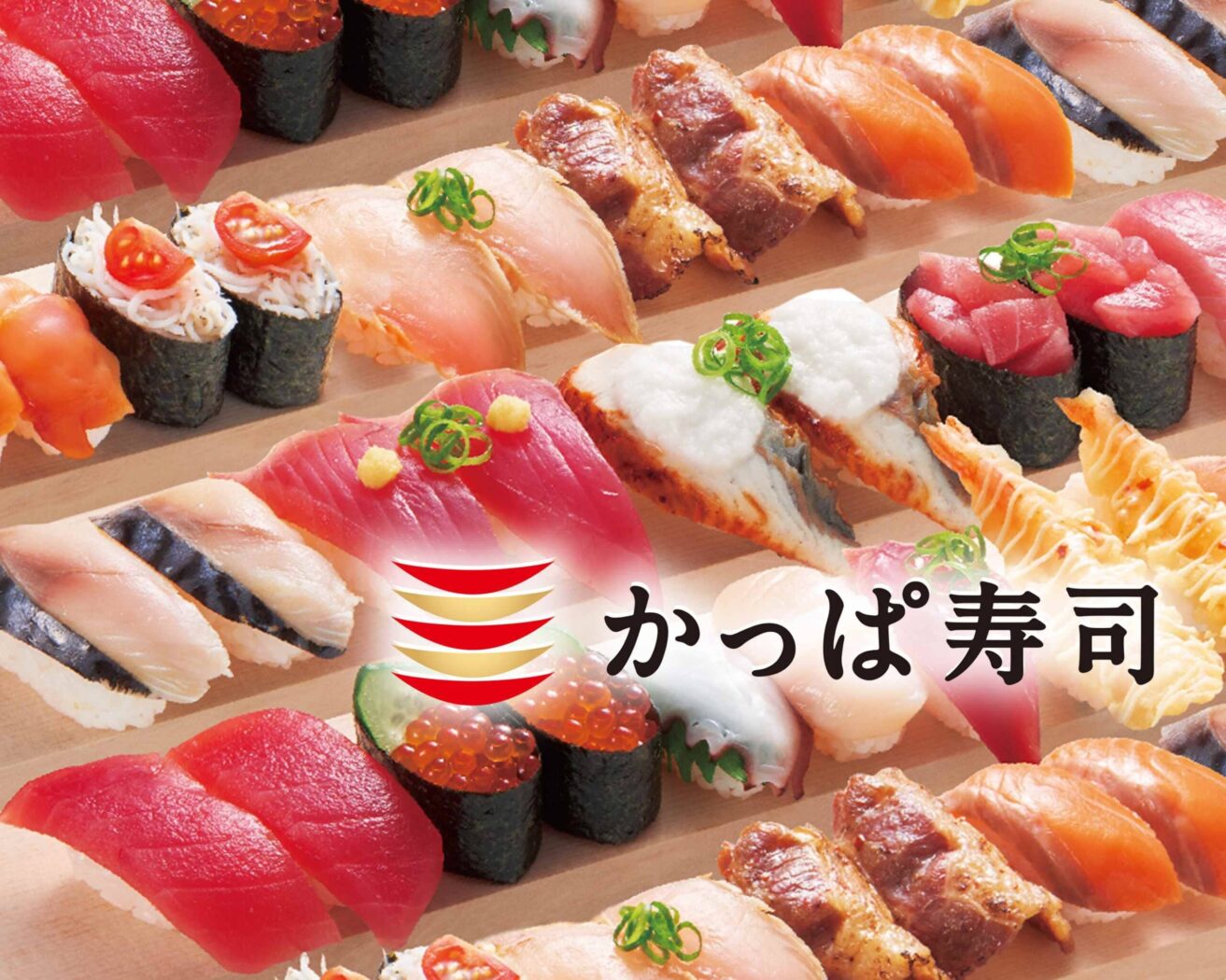
Kappa sushi Nitori Kashiwazaki
Sushi restaurant in Niigata [SUSHILIVE comment] -


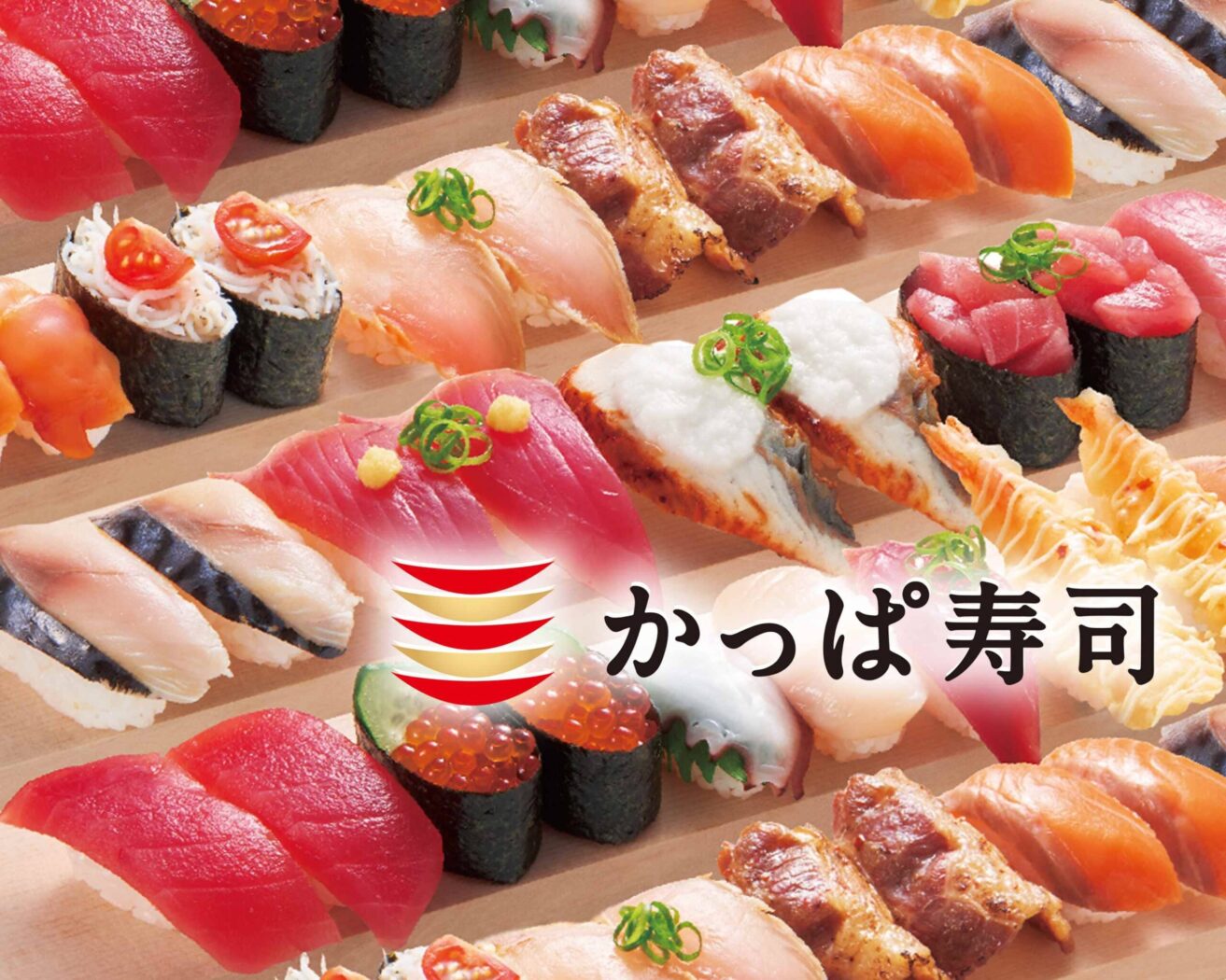
Kappa sushi Nitori Murakami
Sushi restaurant in Niigata [SUSHILIVE comment] -


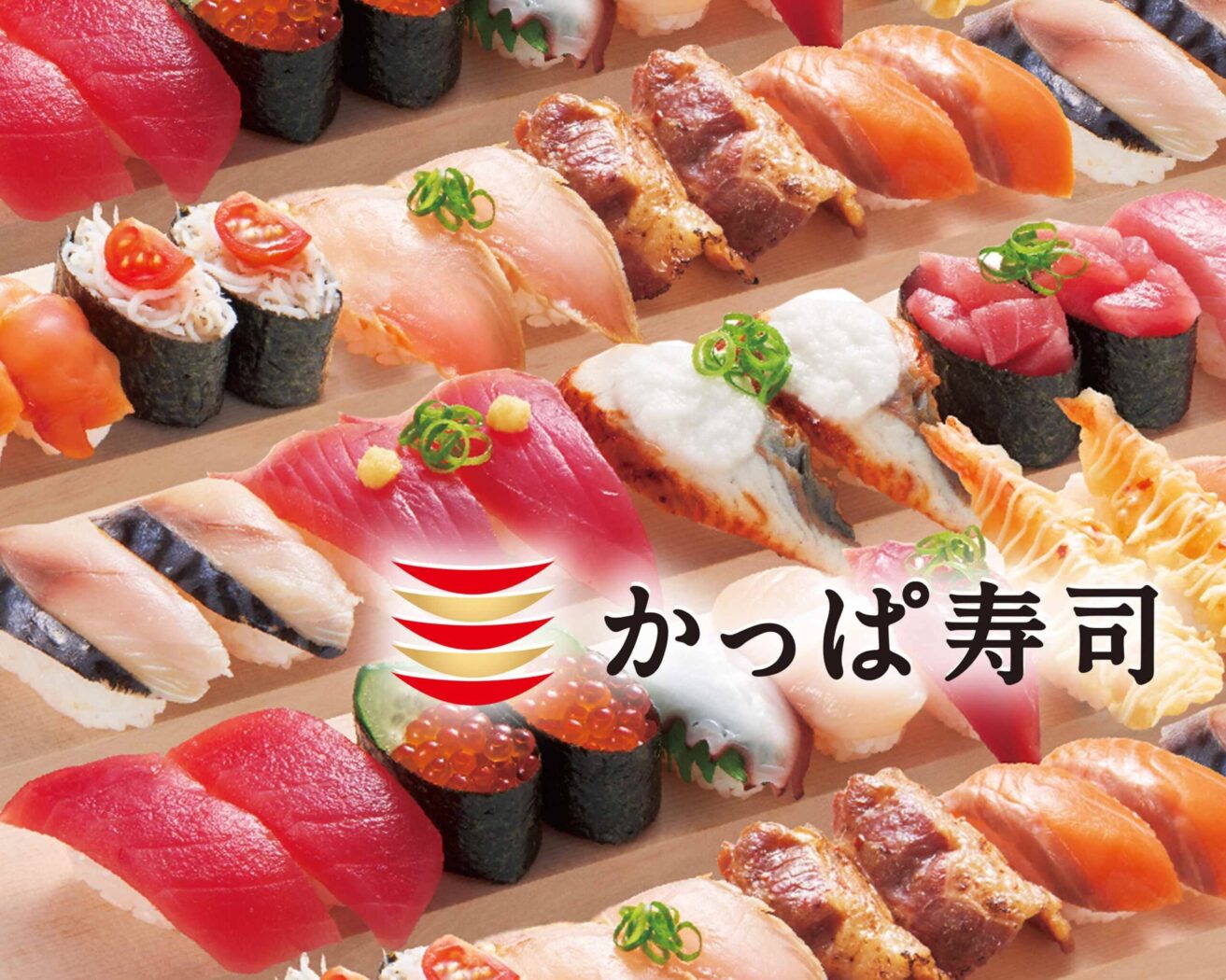
Kappa sushi Nitori Uonuma Kodai
Sushi restaurant in Niigata [SUSHILIVE comment] -


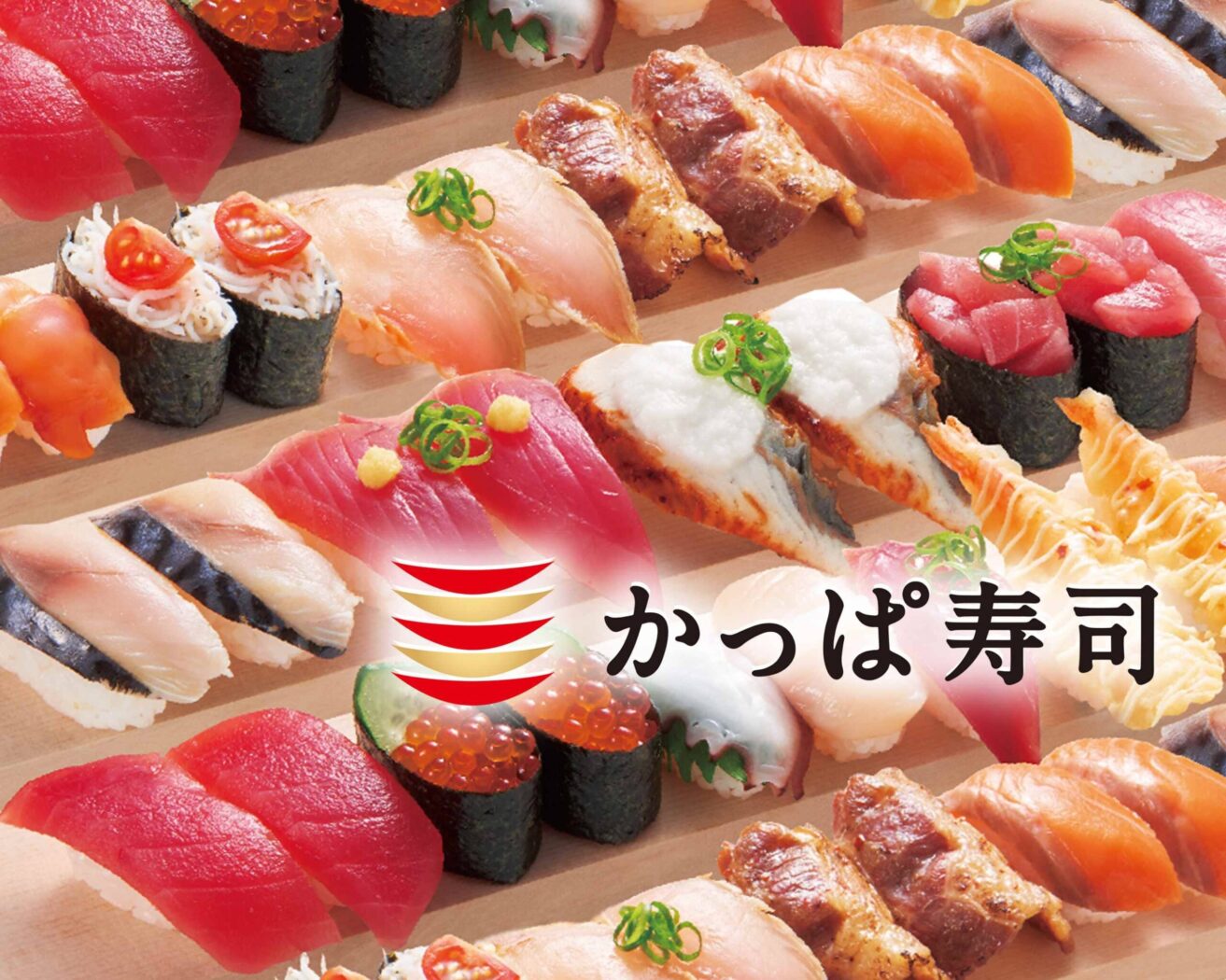
Kappa sushi Muikamachi Store
Sushi restaurant in Niigata [SUSHILIVE comment]
Characteristics of Niigata’s Cuisine
Niigata: A Land of Rich Nature and Culture Born from Snow
Niigata Prefecture is located in the central part of the Sea of Japan side of Japan, stretching long from north to south. With an area of 12,584 square kilometers, it is the fifth-largest prefecture in the country. The population is about 2.3 million, and the prefectural capital is Niigata City.
Niigata is a prefecture abundant in nature, surrounded by mountains and sea. To the east lie the Echigo Mountain Range, to the west is Sado Island, and to the south, the Mikuni Mountain Range stretches. The coastline facing the Sea of Japan is long, offering beautiful scenic views.
The climate of Niigata Prefecture is characterized by heavy snow in winter and hot, humid summers. In particular, the Joetsu region is known as a heavy snowfall area.
The industries of Niigata Prefecture are centered around agriculture, fishing, and manufacturing. In agriculture, rice, especially Koshihikari, is famous. In fishing, salmon, yellowtail, and squid are caught. In manufacturing, automobiles, semiconductors, and machinery are thriving.
Niigata Prefecture has many tourist spots, such as Sado Kinzan (Sado Gold Mine), Yahiko Shrine, and the Niigata City Aquarium Marinepia Nihonkai. In winter, you can enjoy winter sports such as skiing and snowboarding.
Thus, Niigata Prefecture is an attractive region where you can enjoy the rich nature and culture born from the snow country.
From Ancient to Modern Times: The Romance of History
The history of Niigata Prefecture is ancient, with evidence of people’s lives dating back to the Jomon period. During the Yayoi period, rice cultivation became prevalent, and powerful clans flourished in the Kofun period.
In the Nara period, Echigo Province was established and incorporated under the control of the Ritsuryo state. During the Heian period, the influence of the Fujiwara and Minamoto clans increased, and the rise of the samurai class began.
In the Kamakura period, the Hojo clan’s rule continued, and Sado Gold Mine was developed. During the Muromachi period, conflicts between the guardian Uesugi clan and the deputy guardian Nagao clan unfolded.
In the Sengoku period, Uesugi Kenshin unified Echigo Province and governed Echigo from Kasugayama Castle. In the Edo period, the area was divided between the Yonezawa Domain and shogunate territory, with hereditary domains such as Murakami and Shibata also established.
From the Meiji period onwards, Niigata Prefecture embraced modernization, with the development of railways and port facilities. Resource development, such as Sado Gold Mine and oil, was also advanced.
After World War II, agricultural reform and industrialization progressed, and Niigata Prefecture achieved economic development. Today, Niigata Prefecture is a region where agriculture, fishing, manufacturing, and tourism thrive.
A Diverse Food Culture Born from Rice and Seafood
Niigata Prefecture, blessed with abundant nature facing the Sea of Japan, has developed a diverse food culture centered around rice and seafood.
The most representative food ingredient of Niigata Prefecture is rice, especially the nationally famous Koshihikari, which is unparalleled in deliciousness. Famous rice-based dishes include Hegi soba and Sasadango.
Fresh seafood caught from the Sea of Japan also supports Niigata Prefecture’s food culture as an essential ingredient. Salmon, yellowtail, and squid, in particular, are utilized in various dishes.
In addition to Murakami beef, Hegi soba, Sasadango, and Kanazuri, Niigata Prefecture boasts numerous unique ingredients and dishes.
In recent years, the rise in local production for local consumption has led to an increase in restaurants and cafes offering dishes made with local ingredients.
Thus, Niigata Prefecture is an attractive region where you can enjoy a diverse food culture centered around rice and seafood.
The Supreme Taste Woven by History and Tradition
The culture of enjoying fresh seafood in Niigata Prefecture has a long history, and sushi is no exception.
It is said that sushi culture in Niigata Prefecture originated in the late Edo period in what is now the central area of Niigata City, Numadate. At that time, “pressed sushi” with seafood on vinegar rice was mainstream.
After the Meiji period, with the opening of Niigata Port, a variety of seafood became available, leading to a diversification of sushi types. Today, besides pressed sushi, rolled sushi and scattered sushi are also available.
A characteristic of Niigata’s sushi is the generous use of fresh seafood. Especially, yellowtail and squid raised in the cold currents of the Sea of Japan are fatty and exquisite.
In Niigata Prefecture, it is common to eat sushi with salt rather than soy sauce. Salt enhances the natural flavor of the ingredients, allowing for a deeper taste experience.
In recent years, in addition to traditional sushi, restaurants offering creative sushi have increased. New sushi using local ingredients further develops the sushi culture of Niigata Prefecture.
Thus, Niigata Prefecture is an attractive region where you can enjoy the supreme taste of sushi woven by history and tradition.
The Bounty of Sea and Mountain, Niigata’s Specialty Products
Niigata Prefecture, blessed with rich nature facing the Sea of Japan, boasts various specialty products, including rice, seafood, sake, and fruits.
Niigata is famous as a rice-producing region, especially known for Koshihikari, which is unparalleled in deliciousness. Fresh seafood from the Sea of Japan is also a specialty product of Niigata Prefecture. Salmon, yellowtail, and squid, in particular, are utilized in various dishes. Niigata is also known for its thriving sake brewing, with high-quality rice and water, along with traditional techniques, producing highly acclaimed Japanese sake.
Fruit cultivation is also prominent in Niigata. Notably, Le Lectier pears from Minamiuonuma City and strawberries from Sado Island are known as exquisite.
Thus, Niigata Prefecture boasts various specialty products, benefiting from the bounty of the sea and mountains. When visiting Niigata, be sure to taste them.

